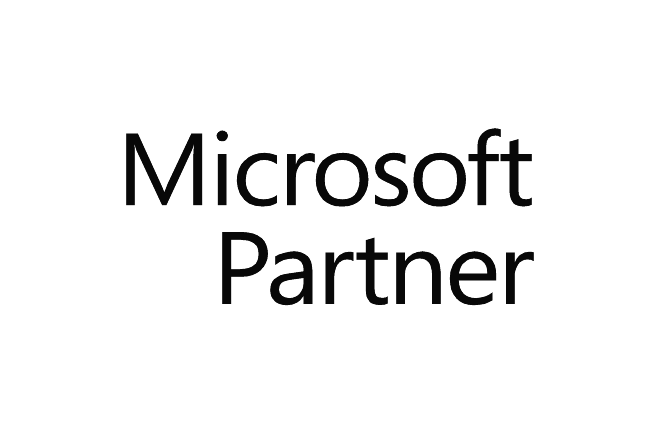Course outline
Reference : DP-700T00 Duration : 4 days
| ||
This course covers methods and practices to implement data engineering solutions by using Microsoft Fabric. Students will learn how to design and develop effective data loading patterns, data architectures, and orchestration processes. Objectives for this course include ingesting and transforming data and securing, managing, and monitoring data engineering solutions. This course is designed for experienced data professionals skilled at data integration and orchestration, such as those with the DP-203: Azure Data Engineer certification. Training(s) to go further: | |
Audience | The audience for this course is data professionals with experience in data extraction, transformation, and loading. DP-700 is designed for professionals who need to create and deploy data engineering solutions using Microsoft Fabric for enterprise-scale data analytics. Learners should also have experience at manipulating and transforming data with one of the following programming languages: Structured Query Language (SQL), PySpark, or Kusto Query Language (KQL). |
Prerequisites |
|
Objectives |
|
Contents | Learning Path 1: Explore end-to-end analytics with Microsoft Fabric
Learning Path 2: Get started with lakehouses in Microsoft Fabric
Learning Path 3: Use Apache Spark in Microsoft Fabric
Learning Path 4: Work with Delta Lake tables in Microsoft Fabric
Learning Path 5: Ingest data with Dataflows (Gen2) in Microsoft Fabric
Learning Path 6: Orchestrate processes and data movement
Learning Path 7: Organize a Fabric lakehouse using medallion architecture Design
Learning Path 8: Get started with Real-Time Intelligence in Microsoft Fabric
Learning Path 9: Use real time Eventstreams in Microsoft Fabric
Learning Path 10: Work with real-time data in a Microsoft Fabric eventhouse
Learning Path 11: Get started with data warehouses in Microsoft Fabric
Learning Path 12: Load data into a Microsoft Fabric data warehouse
Learning Path 13: Monitor a Microsoft Fabric data warehouse
Learning Path 14: Secure a Microsoft Fabric data warehouse
Learning Path 15: Implement continuous integration/continuous delivery (CI/CD)
Learning Path 16: Monitor activities in Microsoft Fabric
Learning Path 17: Secure data access in Microsoft Fabric
Learning Path 18 : Administer Microsoft Fabric
|

